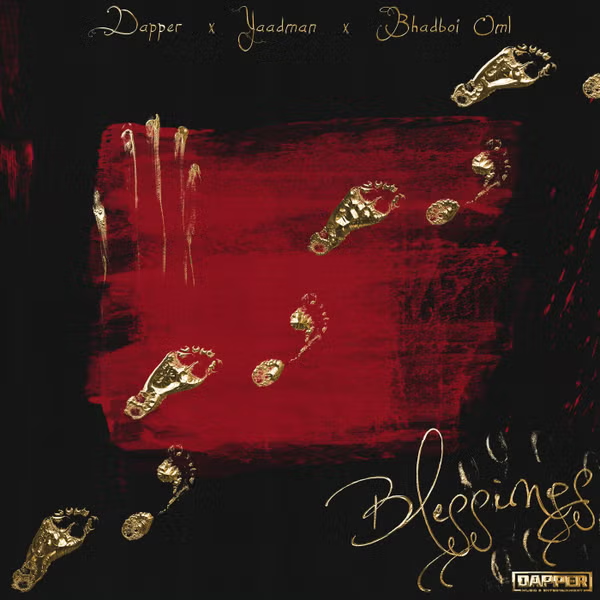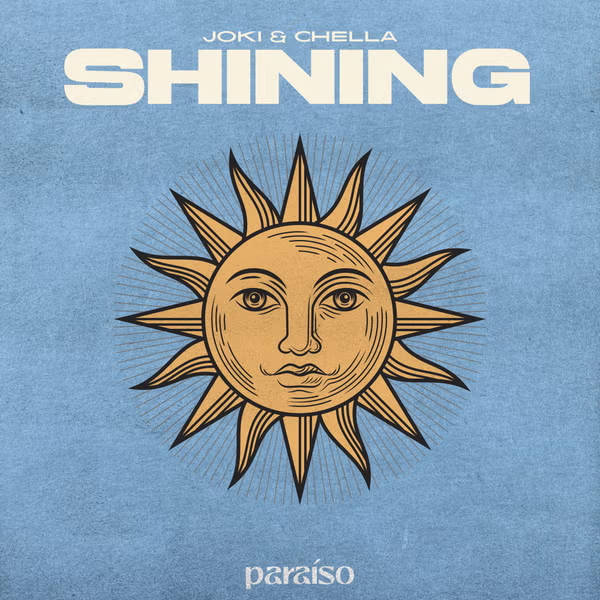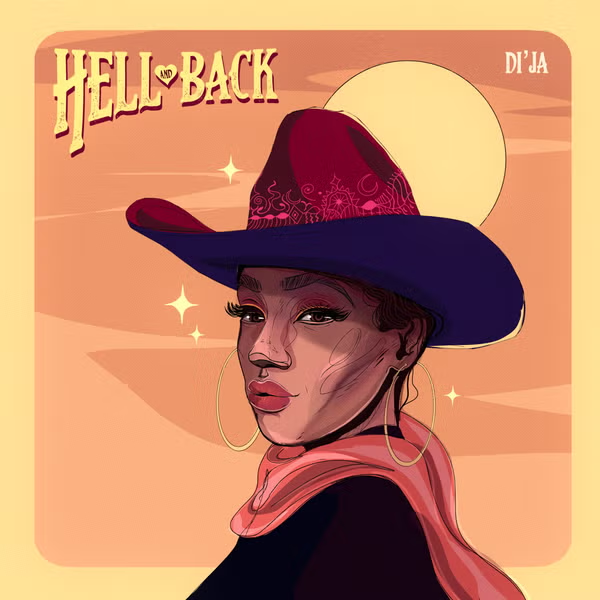Several tribes around the world, both past and present, have engaged in cannibalism. These are people who find the bodies of other human beings a tasty delicacy.
Most of these tribes only eat the bodies of their enemies, however, the Fore people of Papua New Guinea take things a notch higher. The
Fore tribe eats the dead bodies of their relatives and other dead tribe members.
However, this has come at some expensive costs. Research has shown that the Fore tribe got a deadly disease known as kuru by eating the flesh of their tribemates who died from the disease.
The Fore tribe practiced funerary rites which included mortuary feasts where the men eat the flesh of their deceased relatives while the women eat their brains. The ritual was meant as a mark of respect for their loved ones but the tribe weren’t to know that a deadly molecule lives in human brains which causes death if eaten.
Transumption, the ritual of consuming dead family members at mortuary feasts, exists and has been practised for untold decades in remote areas of the world like Papua New Guinea.
People who practice transumption technically are endocannibals. They don’t eat just any old dead body—they eat their dead relatives or tribal members.
In the 1930s, a million people lived in the highlands of New Guinea, their existence unknown to the rest of the world.
The Australian government controlled the island, but since the mountainous interior of the island was considered to be uninhabitable, the Fore tribe was left undisturbed
until the 1950s when a medical officer of the Kainantu Sub-District, Eastern Highlands of the Australian Trust Territory of New Guinea, was alerted to a high incidence of paralysis, mostly in females of the Fore linguistic and cultural group.
This was the beginning of the awareness of kuru and the death of over 2,700 people. Fore members engaged in transumption out of a cultural tradition to honour the dead.
They believed that by ingesting brains and other body parts, they were providing the dead with a sacred “burial.” Through cultural traditions, women were the main participants in
the practice.
According to a 2008 paper in the Philosophical Transactions of the Royal Society of London by Whitfield and his co-authors:
“The dying person would normally express their wishes as to how their body was to be disposed of; otherwise the family would decide. In the kuru-affected region, all methods of disposal of the body involved being eaten.
If the body was buried it was eaten by worms; if it was placed on a platform it was eaten by maggots; the Fore believed it was much better that the body was eaten by people who loved the deceased than by worms and insects.
By eating the dead, they were able to show their love and to express their grief.”


























Am still in deep shock
Wtf, really,wow they eat dead bodies
Am still in deep shock
Wtf, really,wow they eat dead bodies